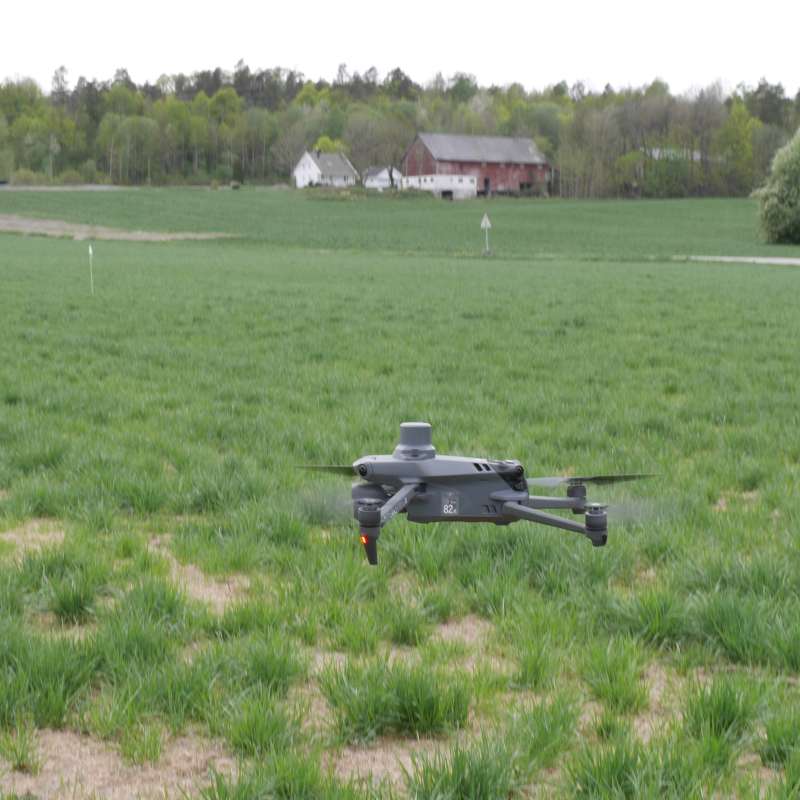Geir Kjølberg Knudsen
Overingeniør
Forfattere
Lars T. Havstad Jakob Geipel Kristian Rindal Geir Kjølberg Knudsen Hans Wilhelm Wedel-Jarlsberg Silja Valand John Ingar Øverland Victoria Stornes MoenSammendrag
Det er ikke registrert sammendrag
Forfattere
Lars T. Havstad Jakob Geipel Kristian Rindal Geir Kjølberg Knudsen Trond Gunnarstorp Hans Wilhelm Wedel-Jarlsberg Victoria Stornes MoenSammendrag
Det er ikke registrert sammendrag
Sammendrag
Det er ikke registrert sammendrag

